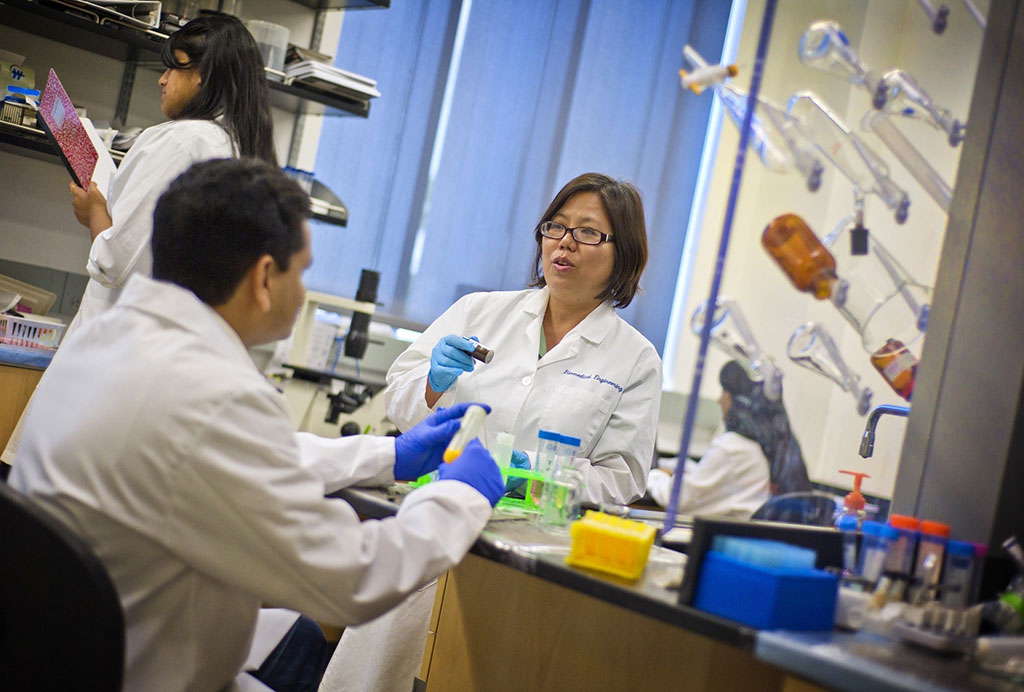Biodegradable Nanomaterials Provide Ultrasound Imaging While Delivering Medication
Posted on 27 Jun 2022
Peripheral arterial disease (PAD), more commonly known as either atherosclerosis or hardening of the arteries, is a condition commonly found in the elderly. It affects more than 200 million people worldwide and is associated with high rates of morbidity and mortality. Now, a team of researchers aims to develop novel biodegradable nanoparticles to deliver therapeutic agents that specifically protect cells under stress conditions, facilitate the formation of blood vessels under hypoxia and allow noninvasive multimodal imaging methods.
Bioengineers at The University of Texas at Arlington (Arlington, TX, USA) are working on a project to develop biodegradable nanomaterials that will take pictures and deliver medicine to combat PAD. One impact of the research is to use these new nanoparticle platforms to deliver any therapeutics locally, treat the disease effectively and monitor the treatment noninvasively by imaging. The overall goal is to reduce complications and improve the quality of life for PAD patients.

“What’s important in this project is that the technology carries fluorescent and ultrasound imaging capabilities, which will provide patients and doctors with more detailed information,” said Kytai Nguyen, a UT Arlington bioengineering professor and the principal investigator in the four-year, USD 2.1 million National Institutes of Health (NIH) grant. “It also gives patients more targeted medicine, making it more efficient.”
“This cutting-edge technology has a chance to change our protocols on how to deal with atherosclerosis,” said Michael Cho, chair of the UT Arlington Bioengineering Department, who believes Nguyen’s innovative research could greatly help those who live with PAD. “When you are able to target localized lesions for treatment, that is so much better for the patients and much less invasive than current treatment.”
Related Links:
The University of Texas at Arlington













